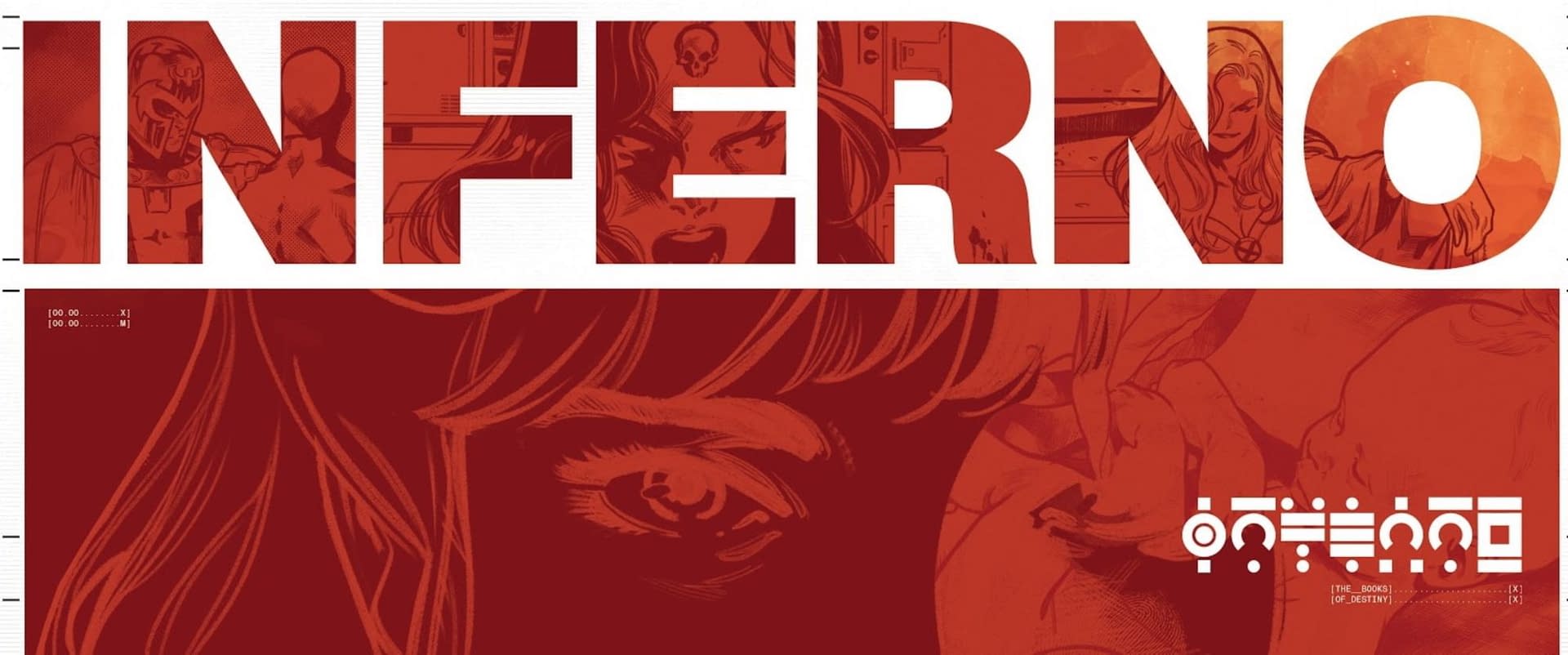

This then evolved in book and brand design and built up to the point where we are today. I actually got my first break into the comic industry around 2001 when I started designing websites for artist Ashley Wood.

Comics are a very visible part of my work these days while I still spend a lot of time working beyond comics - in digital and brand design both trough my own studio and with large agencies. Tom Muller: I’m not sure if I transitioned over into comics completely. How did you get involved and transitioned over? You’ve now built an extensive portfolio within the comics industry. : Our readers may not realize it, but they’ll have likely come across your works with places like Wired, Entertainment Weekly, New York Magazine, The Guardian, MTV, PlayStation, film and record title treatments such as The Wolf of Wall Street, etc. It’s all about contrast and tension and creating a balance between the graphic quality of a logo and the art. Good design makes an impact without overpowering the art and story but rather it compliments and enhances it. Good design should always push forward and be innovative rather than be repetitive of styles.

Good design shouldn’t rely on easy gimmicks and visual effects to make an impact. Tom Muller: I’ll answer in the context of comics. : What makes for a good design, and how can they help (or hurt) the story? Safe to say that all the amazing diagrams and stats you see in the Data pages are of Jonathan’s hand. Jonathan is very well known for his design and use of data in his storytelling as well - so the lines blur when it comes to say where my work stopped and his began. Tom Muller: I worked closely with Jonathan on those when HOX/POX was in development, creating the design approach, page layouts and defining the typefaces we’d use throughout - which Jonathan then applied to the Data pages you see in the pages of the X books. : In addition to the cover treatments, you also handle a lot of the in-book graphics like the data pages, how do you approach those pieces?


 0 kommentar(er)
0 kommentar(er)
